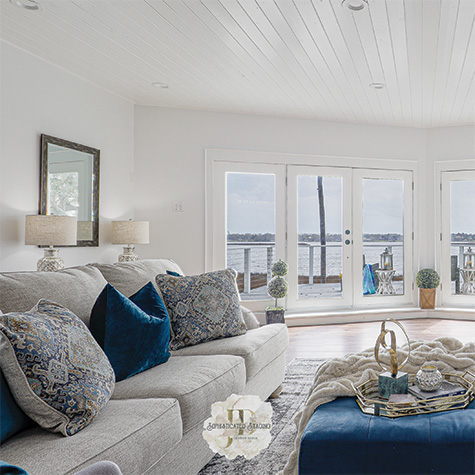The terms interior design, interior decorating, home staging and short-term rental (STR) styling often are used interchangeably, but they represent distinct disciplines when it comes to creating aesthetically pleasing and functional spaces. As the owner of a company specializing in these areas, I often get questions about the differences. Let’s delve into the key distinctions:
INTERIOR DESIGN
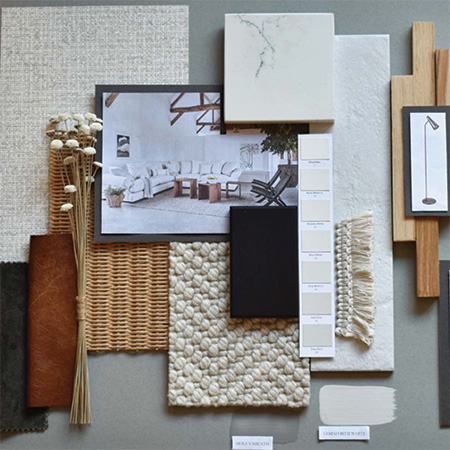 Interior design involves the art and science of enhancing spaces to achieve a healthier, more aesthetically pleasing environment. Designers consider both the form and function of a space, integrating architectural elements and creating a cohesive layout. Their expertise lies in understanding spatial relationships, building codes and ergonomics. They work with architects and contractors to ensure that the design aligns with structural considerations and building regulations. Interior designers often have formal education and training, as well as a deep understanding of color theory, spatial arrangements and environmental psychology.
Interior design involves the art and science of enhancing spaces to achieve a healthier, more aesthetically pleasing environment. Designers consider both the form and function of a space, integrating architectural elements and creating a cohesive layout. Their expertise lies in understanding spatial relationships, building codes and ergonomics. They work with architects and contractors to ensure that the design aligns with structural considerations and building regulations. Interior designers often have formal education and training, as well as a deep understanding of color theory, spatial arrangements and environmental psychology.
INTERIOR DECORATING
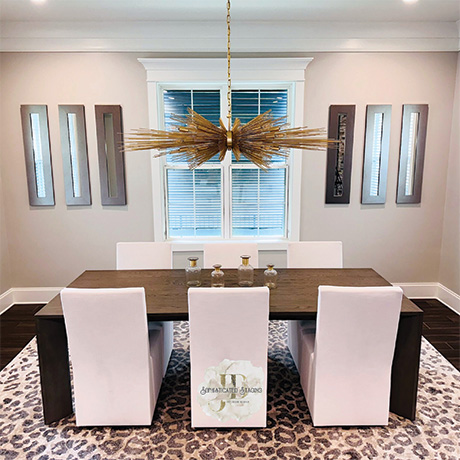
In contrast, interior decorating primarily focuses on aesthetic enhancements. Decorators are skilled in selecting color schemes, furniture, accessories and decorative elements to create a visually appealing space. Their expertise lies in understanding different design styles, fabrics and furnishings.
While decorators may have an eye for creating beautiful interiors, their scope typically does not include structural alterations or architectural considerations. They work within existing spaces to transform them with accessories, textiles and furniture.
DESIGNING AND STYLING SHORT-TERM RENTALS
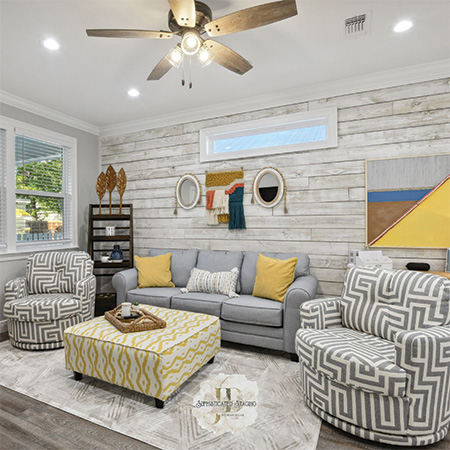
Designing a short-term rental property, such as those found on Airbnb or VRBO, involves creating a space that not only reflects the homeowner’s or property manager’s style, but also caters to the needs and desires of transient guests. Unlike traditional interior design, which focuses on creating a long-term, personalized living space, STR design emphasizes durability, functionality and style that can appeal to a wide range of people. It involves selecting furniture and decor that are not only visually appealing, but also easy to maintain and resistant to wear and tear.
Styling a vacation rental property requires a keen understanding of the target demographic, local culture and the overall experience guests want. It involves curating a space that captures the essence of the destination while providing all the comforts and conveniences that guests expect. From coastal retreats to urban getaways, each STR demands a unique approach to styling that aligns with the property’s location and the experiences it aims to offer. This often involves incorporating local artwork, and thoughtful amenities.
HOME STAGING
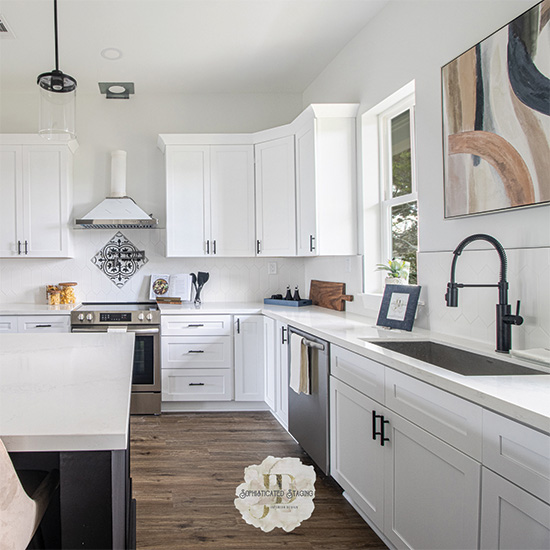
Home staging involves preparing a residence for sale in the real estate market. The primary goal is to showcase the property’s best features and make it appealing to a wide range of potential buyers. Stagers depersonalize and declutter spaces, rearrange furniture and add strategic decor to highlight a home’s strengths and downplay its weaknesses. The focus is not on the homeowner’s personal style, but rather on creating a neutral, inviting environment that allows potential buyers to envision themselves living in the home.
An investment in staging often proves to be more cost effective than reducing the initial sale price. On average, allocating about 1% of the property’s sale price to staging can yield impressive returns, with approximately 75% of sellers realizing a 5% to 15% increase over the asking price, as reported by the Real Estate Staging Association. Additional data from the International Association of Home Staging Professionals reveals that staged homes tend to sell at a much faster rate—three to 30 times quicker— compared to their non-staged counterparts. Plus, staging has been shown to elevate the average sale price by up to 20%. For sellers who opt out of staging, the IAHSP survey highlights that the subsequent reduction in the sale price is typically five to 20 times greater than the investment required for staging.
While these disciplines have similarities, each represents a specialized niche that demands a distinct set of skills and considerations. Confusion often arises from the overlapping elements; for instance, interior designers may incorporate decorating into their services, while decorators may offer design advice. Both interior designers and decorators may utilize home-staging techniques to enhance a space’s appeal.
But it behooves professionals in these fields to clarify these distinctions for their clients. Understanding and explaining the crucial differences enhances our ability to cater to our clients and enrich the experiences of both homeowners and buyers.


